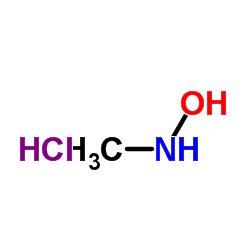| Structure | Name/CAS No. | Articles |
|---|---|---|
 |
N,N-DIMETHYLHYDROXYLAMINE HYDROCHLORIDE
CAS:16645-06-0 |
|
 |
methylhydroxylammonium chloride
CAS:4229-44-1 |